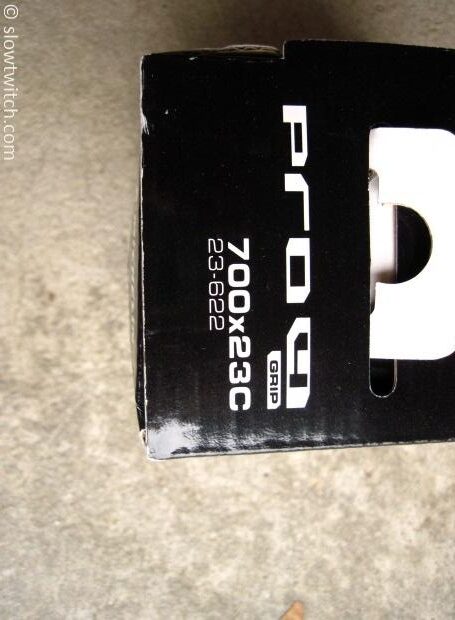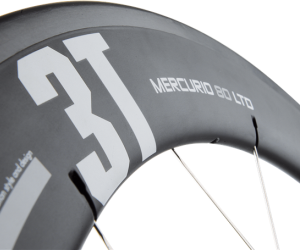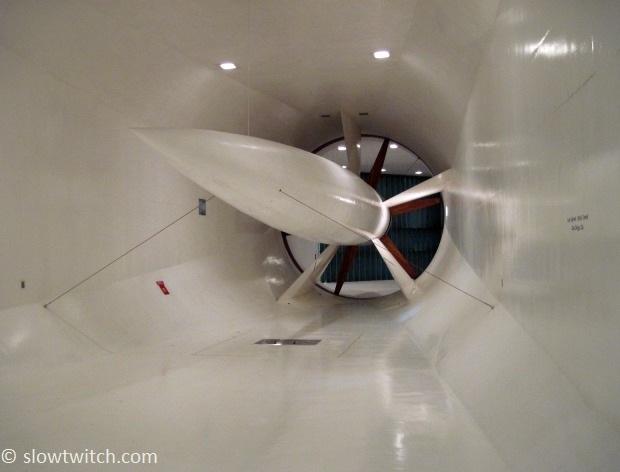Definition of Fast
Just a few days ago, a discussion in our forum got me thinking. It was about the new trend of wide rims and tires, and whether or not they’re actually faster than narrow rims and/or tires. There’s a problem, though:
What does fast mean?
Obviously we can say that it means ‘carrying a high speed’. It means going from one place to another quickly. That’s simple and we all get it.
What I’m talking about is when we use the word ‘fast’ as a substitute for other words – or a way to make a point about many things using only one word. It’s like saying the word ‘better’. Which wheel is better?! What the heck does that mean? The lightest? The most aerodynamic – in what conditions? On what bike? With what tire? Who is the rider and what is their level of experience? Do you want ‘the best’ or ‘fastest’ over an ultra-marathon cycling event, where the most durable product may actually be the fastest – because it won’t break down? There are a million and one ways that we could define these vague and multi-use words.
Given these problems, we’d like to start a discussion. Let’s lay out some definitions and limitations for the word ‘fast’, as it relates to wheels and tires. We are not here to play judge and jury; we want your input, too.
These are the categories that we’ll cover today:
1. Wheels
2. Tires
3. Wheels and tires (together as a system)
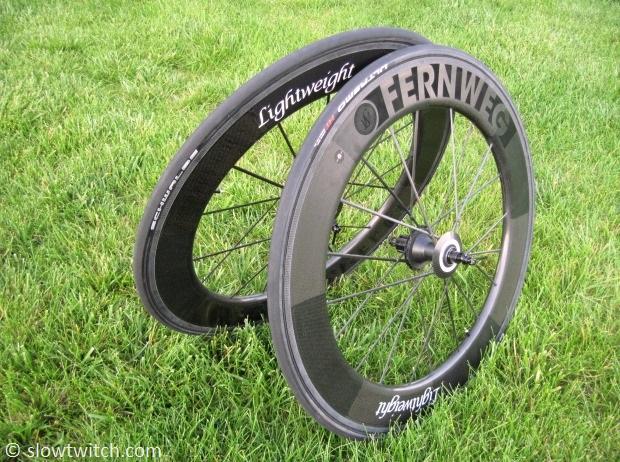
Wheels
Wheels are easy, right? I want one that is fast. The bestest, most fastest, most carbon-tastic wheel in the land.
A fast wheel should be aerodynamic. In fact, it is generally agreed upon that – for road cycling and triathlon – aerodynamic performance is most important factor in overall speed. What are the other things to consider? Here are the main categories:
-Aerodynamics
-Handling
-Overall weight
-Ride quality
-Rim weight
-Stiffness (lateral and radial)
-Rolling resistance (drag) of the hubs
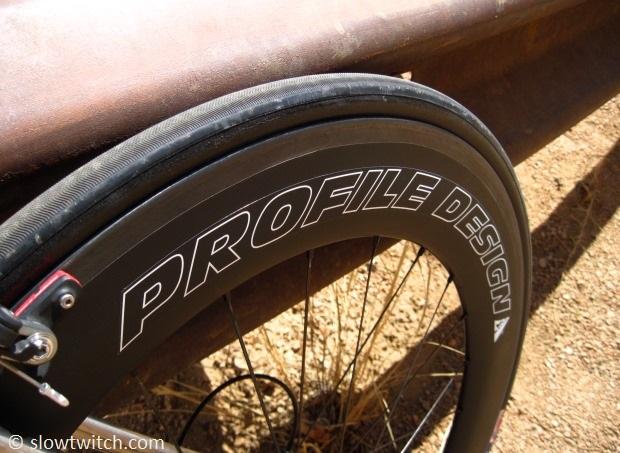
We could argue for more, but those are the big hitters. What about durability? In my definition of ‘fast’, this is a separate item. It is very important, to be sure, and must be heavily considered during the purchase process. I’m just saying that – in order to keep that evaluation and purchase process clean – it ought to be considered as a separate entity, and not be lumped into the ‘fast’ or ‘performance’ side of things. Put another way, ‘fast’ could also be seen as on-paper performance. Durability is more real-world performance. They’re both important, but the more we can separate these factors, the better we can understand what we’re actually talking about.
I argue that each of the seven qualities listed above (aerodynamics, handling, ride quality, overall weight, rim weight, stiffness, and rolling resistance) ought to be weighted according to their overall effect on ‘fast’. Aerodynamic performance makes the biggest impact, so it gets weighted appropriately. A super light wheel with zero design emphasis on aero is not as fast as a light wheel that is also aero.
How exactly should these be weighted? This one is up for debate. Some might say that aerodynamics make up 99% of a wheel's performance. Some might say 50%. I don’t know that we could come up with a single number that applies to all people and situations. Whatever the case, aero is important, but not the only factor in ‘fast’ wheels.
Tires
Tires are up next.
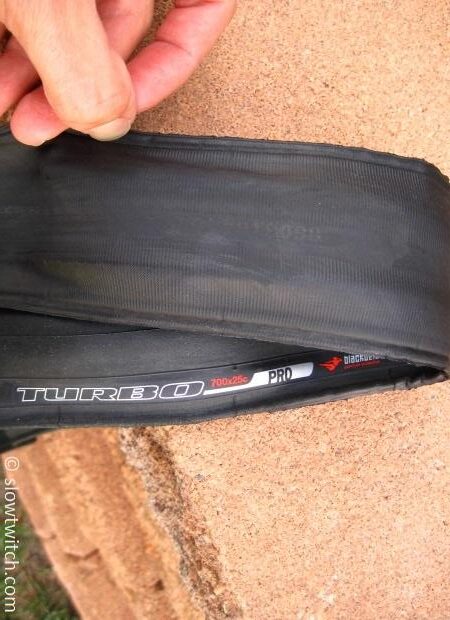
They have some similarities to wheels, but also some important differences. Let’s lay out the biggest areas of performance:
-Coefficient of Rolling Resistance (Crr)
-Cornering grip (wet and dry)
-Aerodynamics
-Handling
-Ride Quality
-Weight
Similar to wheels’ durability, I keep a tire’s puncture resistance as a separate entity. It is very important, but separate from the on-paper speed of a tire.
The six qualities listed above (Crr, grip, aerodynamics, handling, ride quality, and weight) ought to be weighted based on importance, similar to what we did with wheels. Perhaps rolling resistance accounts for 75% of what makes a tire fast or not, but it is not the sole factor that we must consider.
Wheels and Tires – the complete system
This is where things can really get tricky. As we can see from the discussion above, wheels and tires share some priorities in speed, but not all. In fact, many can directly work against each other. For example, tire rolling resistance tends to favor wide tires over narrow tires, while wheel aerodynamics tend to favor the opposite.
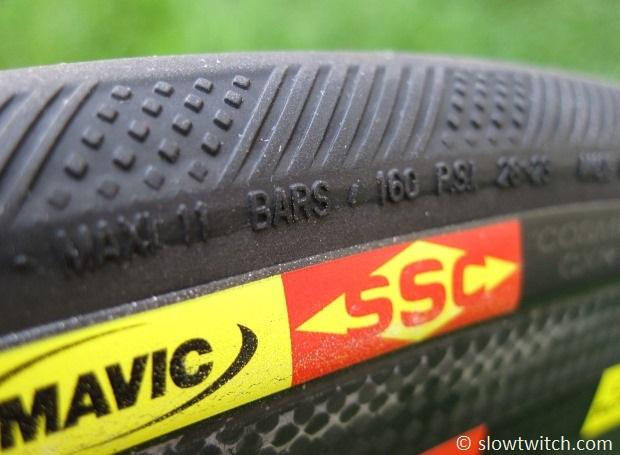
Just so we’re all speaking the same language, I’ll lay out what I consider to be the modern ranges for what qualify as ‘wide’ and ‘narrow’ wheels and tires. This is not an exact science, so bear with me.
Narrow tire: Less than 22mm
Wide tire: Greater than or equal to 22mm
Narrow rim: Less than 22mm (@ outside of braking surfaces)
Wide rim: Greater than or equal to 22mm (@ outside of braking surfaces)
In the forum thread that we linked at the top of this article, my main point was the same that I’m making today: Don’t be fooled into thinking that only one factor matters. The wheel and tire combo that wins in one area might suffer in another – and suffer enough that the net result is slower than a more balanced product. Put simply, ‘fast’ is not a synonym for aerodynamic. It is not a synonym for low rolling resistance. Fast is fast – which means that it is the combination of all factors that result in the shortest race time. If you’re willing to get really abstract with me, I’ll argue that it goes one step further:
‘Fast’ is the combination of all performance factors that result in the shortest race time for the largest possible audience in the most statistically likely conditions.
That’s not pretty – I know. You can also argue endlessly for or against the layers and layers of real-world factors that lay on top of that definition, such as puncture resistance, durability, ease-of-service, and so on. We all must find what works for our own unique situation and preferences.
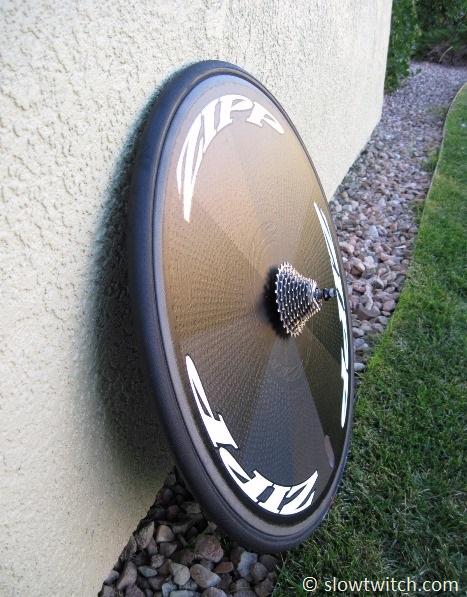
As a practical example, wide tires have more of an aerodynamic penalty when used on a narrow rim vs. a wide rim – but there is still a penalty on the wide rim. New rim shapes may change that someday, but for now that is our reality. My point is this: That fact does not mean that ‘wide-ish’ tires are not valuable. If you are more comfortable riding quickly through corners on a 24mm tire, that extra speed could more than outweigh the aero penalty over a 22mm tire – for you. It might not. It might depend on the course or conditions. I personally don’t think we’re at the point where 28mm tires makes sense for triathlon racing, but if that’s what you’re most comfortable on, have at it (and understand the aero cost).
More than anything, this is a public service announcement to caution you – especially beginners – that all of this stuff exists. For very practical reasons, we cannot communicate this much detail in every single article and product review. It is easy to throw around words like ‘aero’, ‘fast’, ‘best’, and assume that they all mean the same thing. Just know that if a product claims to be the absolute best in ALL areas – they’re lying to you. Products can be very good in many areas, but not the best at everything.
The next time you’re in a heated debate over rubber compounds or rim width (which I’m sure happens all the time), impress your friends by bringing up some of these points. Even better, maybe you should keep your mouth shut, make your own well-educated purchases, and leave your friends crying for mercy at the next local race.
—
All images © Greg Kopecky / slowtwitch.com



